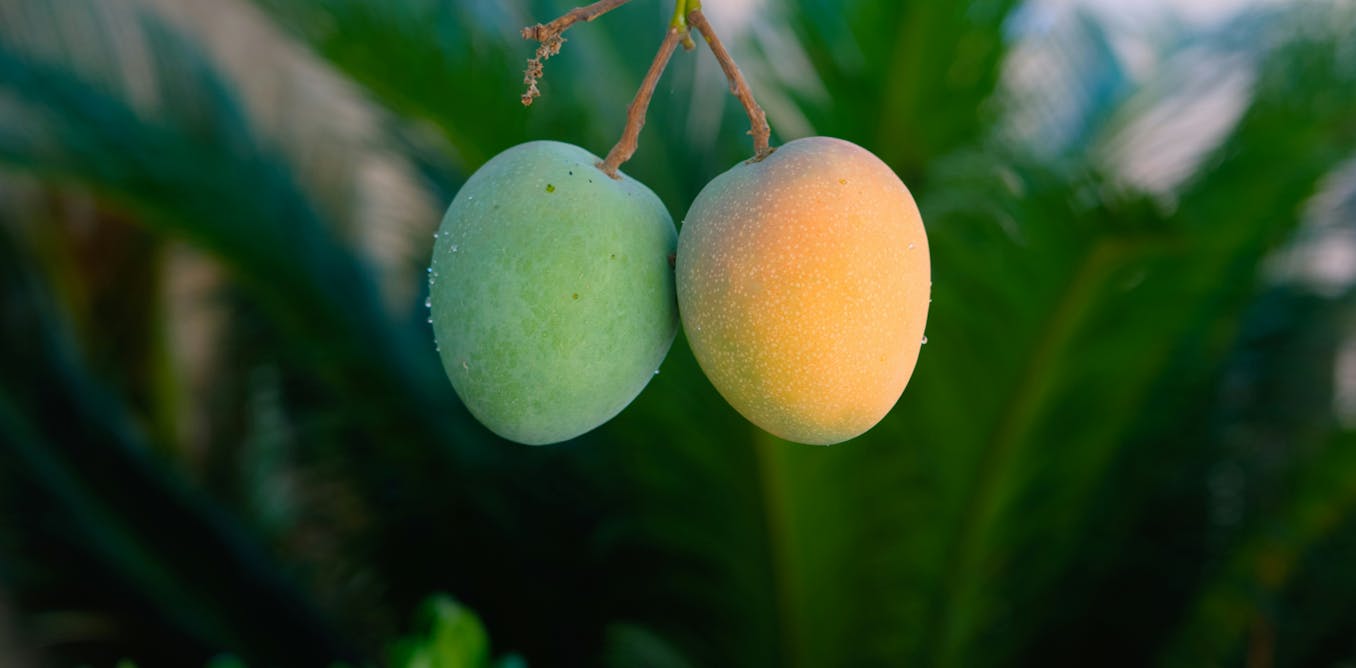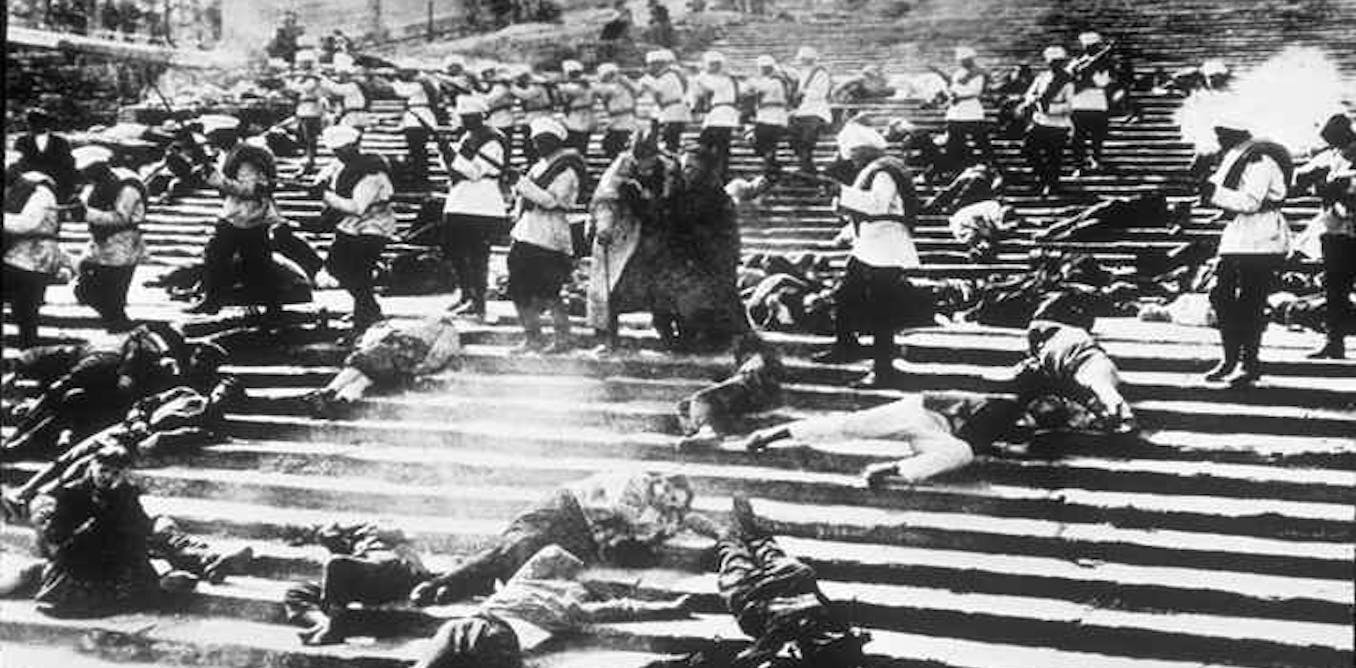How A Tiny Country Became The 2nd Biggest Agricultural Exporter In The World
Despite its modest size—comparable to the state of Maryland—the Netherlands stands as a titan in global agriculture, ranking as the second-largest agricultural exporter by value worldwide. This remarkable achievement is the result of innovative farming practices, scientific research, and a relentless pursuit of efficiency. Within expansive greenhouses, Dutch farmers cultivate millions of tons of tomatoes and peppers, leveraging advanced technologies such as robotics, LED lighting, and even the help of bees to ensure pollination.
The journey of the Netherlands as an agricultural powerhouse can be traced back to historical events that shaped its landscape. Reclaiming farmland from the sea allowed them to expand arable land, and the aftermath of World War II, marked by the harsh Winter of Hunger, spurred a determined effort toward food security. As the country transitioned from traditional farming methods to industrialized agriculture, institutions like Wageningen University emerged as leaders in agricultural research, fostering a culture of innovation that has become a global standard.
Inside advanced Dutch greenhouses, the transformation of traditional farming is evident. These structures are not merely huts of glass; they are sophisticated ecosystems equipped with technology designed to maximize output and minimize resource use. For instance, companies like Looye Kwekers focus on optimizing their tomato harvests, employing meticulous growing techniques that yield bountiful crops. Similarly, the VD Holland pepper harvest exemplifies how the combination of nature and technology can produce high-quality vegetables efficiently.
Yet, the agricultural landscape in the Netherlands is not without challenges. Rising energy prices, labor shortages, and a looming nitrogen pollution crisis present significant hurdles that threaten the sustainability of their farming model. To tackle these issues, the industry is adopting new strategies, focusing on renewable energy sources and sustainable practices to mitigate environmental impacts while maintaining productivity.
Moreover, innovations such as LED lights and robots are revolutionizing plant growth within these controlled environments. With breakthroughs in agricultural research and technology, the Netherlands is not just responding to the challenges of today; it is also shaping the farms of the future, exploring ways to increase yield while preserving the ecosystem.
At Wageningen University, the focus extends beyond mere production; it encompasses a holistic approach to food systems, investigating how greenhouses can genuinely contribute to feeding the global population. The question looms large: Can the Dutch farming model inspire solutions to the pressing global food crisis?
As the world grapples with agricultural sustainability, the Netherlands offers a blueprint for combining technology, research, and innovative thinking. With its commitment to continuous improvement in farming practices, this tiny nation might just hold the key to not only feeding its own population but also addressing global food security challenges in an increasingly complex world.
Watch the video by Business Insider
Video “How A Tiny Country Became The 2nd Biggest Agricultural Exporter In The World” was uploaded on 09/21/2025 to Youtube Channel Business Insider







































THERE ARE NO HOUSES BECAUSE OF THIS BS
Incorrectness: we had (and still have) our own gas-resources.
But we mostly shut them down because of the earth-quakes and damage originating from them.
Mostly small size ('cherry') tomatoes are shown here.
But that's a marginal product.
Just imagine the amount of greenhouse Netherlands generates, and all of that results to climate change and it affects my country, Pakistan.
nonono not what we farm.. mostly of the produce that count for this are items being mass bought and inmported and than sold abroad still counting as export..
we dont grow enough to feed ourselves..
Never forget that the Dutch built the Dikes.
The Dutch is smart…food is the real currency
I wonder how much of the environment and the native plants and animals deal with the farming
The magic word is 'subsidy'!
9:41 Import Mexicans, or reabsorb the Boers.
Birth process? Shortened to 4.5 Months? Development? It doesn’t seem to be environmentally harmful. Unlike the animals.
What an amazing video about the indomitable human spirit and ingenuity
Respect for technology, however taste of this food is plastic, am I right?
What are your thoughts regarding this topic?
10:50 "untill recently much of dutch energy came from russian gas" that's just wrong, it was only 10% of dutch gas consumption and only half of their electricity was produced by gas turbines. So about 5% of dutch electricity was made with russian gas
I wonder why no one has commoditized agri-carbon water. That's where you infuse your water with carbon to make aquarium plants grow.
You could sequister a lot of carbon from industry, mix it into the water, sell that highly valuable water to farms and humans take care of the rest upon consuming — carbon.
Out of all the countries in Asia that could benefit from this tech — Philippines has so much undeveloped land. In one generation using this tech it could feed the rest of Asia. You just have to worry about the every-5 year typhoons.
This is amazing, the energy balance is concerning, but if we reduce other carbon emitters and the massive energy-vampires that are AI data centers, I think food production is worth energy expense, but they are looking to optimize and need time and space to do so.
Not persecuting scientists and scientific knowledge is pretty important, not starting pointless trade wars is also key
🇳🇱 meat production is preventing us to build new houses due to ammonia 😢 we need less farming, it needs to be spread out across Europe ❤
great initiative transforming traditional agriculture into high tech modern ones!
Amazing how a small country like the Netherlands can succeed in agriculture and yet a country as large as Canada struggles on all front in farming.